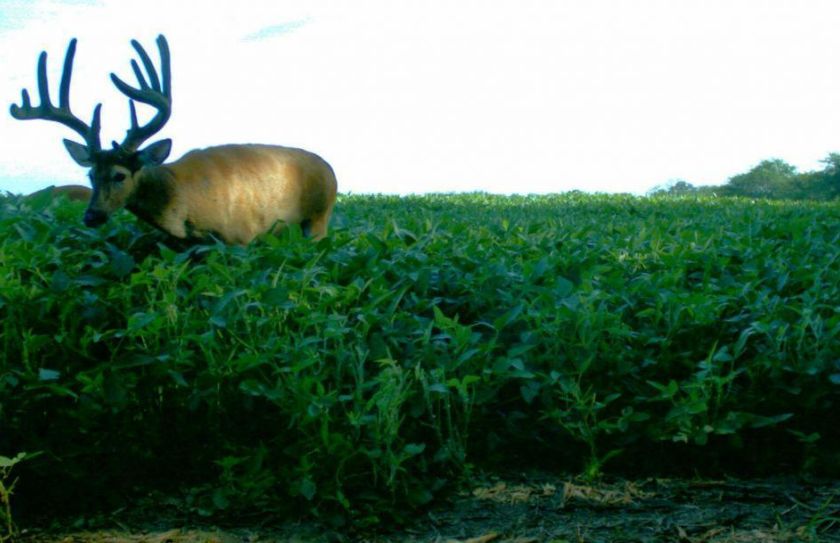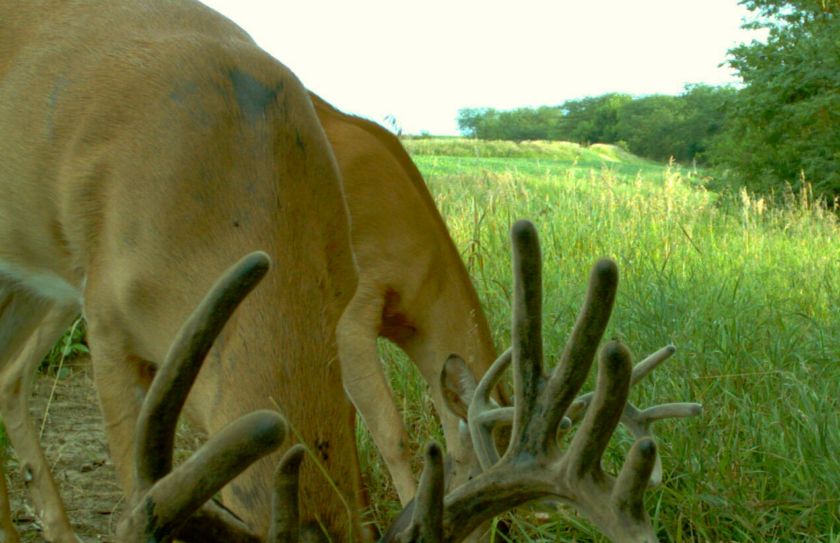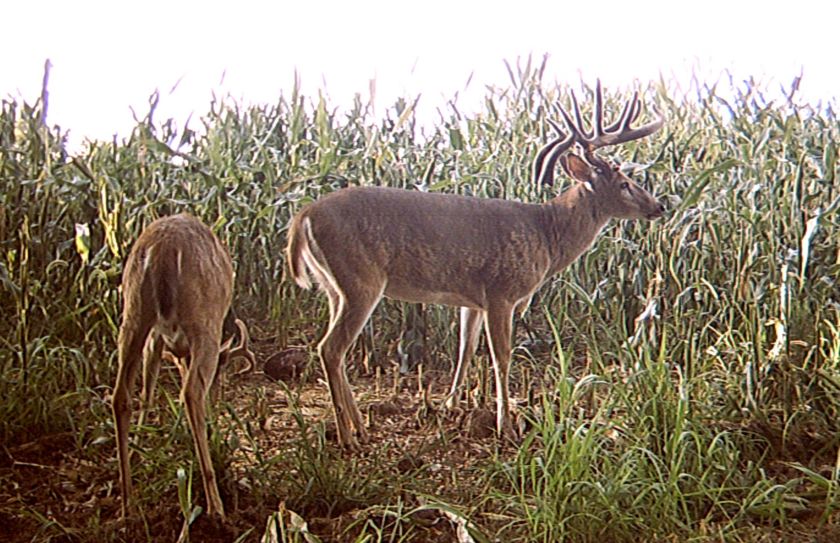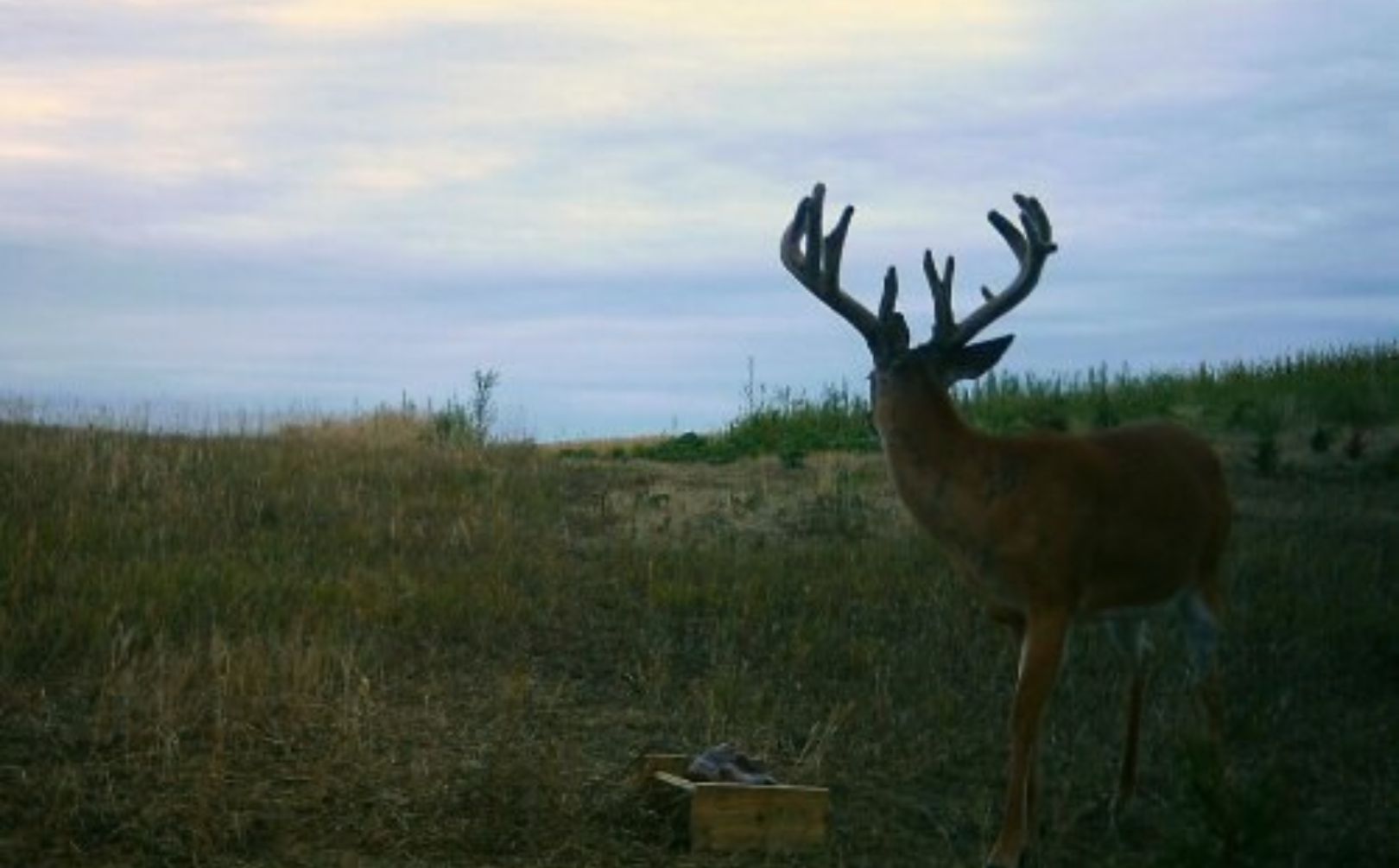
Does your land have great Summer deer habitat?
Now is surely the time to be able to recognize quality warm season habitat for deer. Do you scout during the Summer months? I do, and if you are like me you probably enjoy cruising the back roads to locate a few giants or two, living in the same prime Summer deer habitat locations year after year. In fact, if you are located within an agricultural setting it is pretty obvious where you are likely to enjoy watching the consistent use of bachelor groups of bucks and doe family groups, as they exit their daytime honeyholes to feed in the lush green fields of soybeans and hay. So what is the concern?
*Make sure to check out my whitetail book series including, "Whitetail Success By Design" and "Food Plot Success By Design", to help you find mature bucks this hunting season!
Summer Deer Habitat Concerns
I have repeated several times throughout my articles the past several years that I greatly enjoy scouting Summer giants. One of my favorite activities in the late 80s was to grab my cheap pair of binos (young and poor), a few snacks, a soda or two, some lawns chairs and then hit the edge of an ag field where we hunted. While we scouted all of the bucks in the area we could find, an interesting them developed fairly quickly: Although we watched bucks we later hunted, we didn't watch them where we hunted. In fact, we didn't even have permission to hunt where those bucks resided within their Summer deer habitat, and that pattern repeated itself until I moved to a Northern non-ag wilderness setting in 1998. Through those personal experiences and a good deal of reflection, the habitat then and now that bucks preferred, included several highly consistent qualities:
1. High quality Summer food sources of alfalfa, soybeans and idle agricultural land.
2. High overstory, mature timber and shade.
3. A hidden corner, low spot or drainage to access in and out of their Summer food sources without exposing themselves to a high level of human traffic. Some of my favorite locations to sneak into a hidden evening hotspot for a bachelor group of mature bucks have been behind a wall of corn.
Would it suprise you that I rarely scout my own land during the warm season? This is not for fear of spooking a giant, but instead because of the 4th quality of preferred Summer buck habitat:
4. You will typically find mature bucks in habitat locations during the Summer, that they will not be spending their time during the Fall
And why would they? Looking at my personal mature buck Fall hotspots reflecting all the way back to the late 80s, has consistently revealed that mature bucks seek a completely different set of habitat qualities during the Fall, than they do during the Summer. This can be a major concern if your hunting season acreage includes a mono-culture of high quality Summer deer habitat.
**No Matter where bucks spend their summer, they will likely shift into their fall habitat in late September-Early October...
Deer Habitat Influencers
Do your efforts positively influence the deer herd in the local neighborhood, or not? Although quality Summer deer habitat can possibly increase overall body weights and antler inches, there is one undeniable fact: Healthy dead bucks don't grow.
This is key: A quality whitetail herd is built during November.
The concern with quality Summer deer habitat is that if you have great warm season growing conditions at the expense of an appreciable amount of quality Fall deer habitat, than you will not only lack the ability to positively influence the biological make up of the local herd, but you will lack the ability to hold, hunt and harvest portions of the herd that you desire.
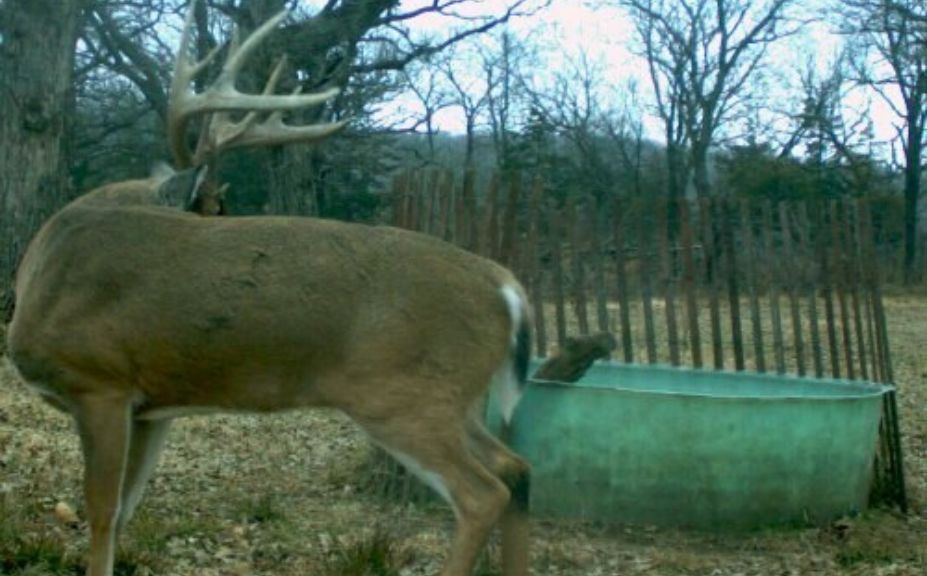
*Do you experience a high % of nocturnal bucks? This problem is often two fold including both hunting pressure and a lack of Fall habitat. To realize the tools necessary to significantly decrease a nocturnal buck problem, check out "Creating Daytime Buck Travel On Your Land".
Conclusion
I am not currently scouting my own hunting lands because I simply don't expect there to be a high supply of mature bucks, not to mention there patterns will undoubtedly change by Fall. There are certainly a few random doe family groups using the high stem count fawning cover contained in the fallow fields and brushy wood lines before exiting to adjacent ag lands to feed during darkness, but the bucks are about a mile away. I know that they are a mile away because I enjoy scouting preferred Summer deer habitat, and I can individually recognize a few bucks that consistently frequent the lands that I hunt all hunting season long. Am I concerned that the bucks I will primarily be hunting during the Fall are located somewhere else? Absolutely not, in fact in my experience I would need to be much more concerned if my hunting grounds included that same impressive herd right now, during the middle of the Summer.
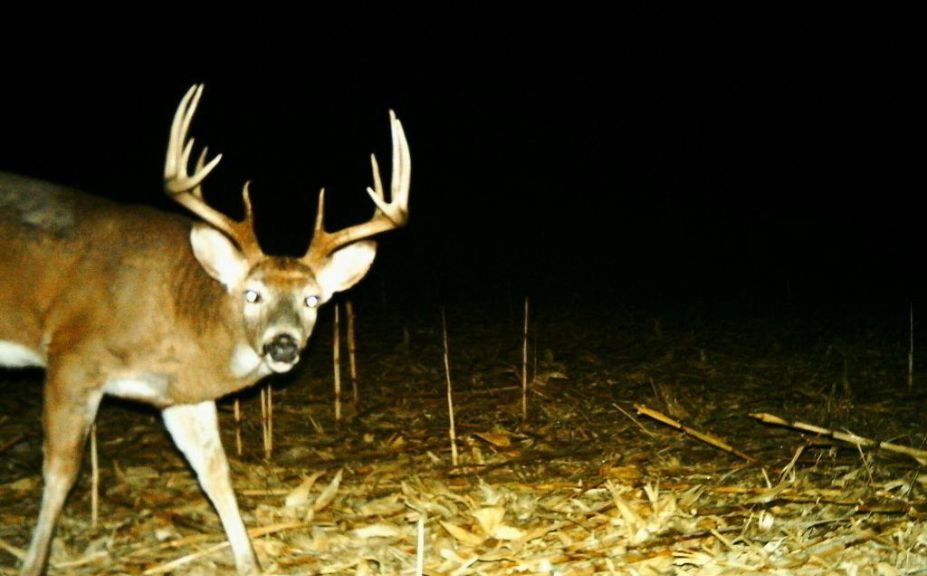
*Does your land have what it takes to consistently attract and hold the Fall movements of mature buck's on a daily basis? To make sure, try reading "Core Mature Buck Opportunities".
Do you recognize any of these deer habitat seasonal trends? Over 25 years some things never change: I still scout bucks during the Summer on land that I can't hunt during the Fall. I am hoping that another trend continues too; the trend that am able to attract, hold, protect, and consistently experience opportunities with some of oldest bucks in the neighborhood because I lack quality Summer whitetail habitat. Do you have any Summer deer habitat concerns? Is your deer land an influencer, or not.
